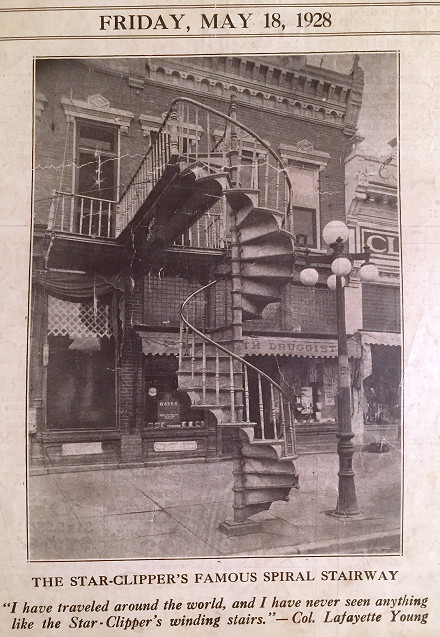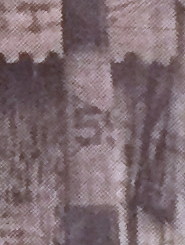As you saw in the glossary post, this stuff can get into the weeds. I admit that some of the things I’m researching, I’ve done over a longer time span than the roads in question officially existed. Here I want to explain how I’m doing what I’m doing.
There is no possible way I can pinpoint every original turn of every route. For example, roads that almost-but-not-quite paralleled a railroad, when paved, now ran flush with a railroad, often with no trace or just a partial trace of the old route left. A shift of one mile is usually noticeable; a shift of a few hundred feet is not. However, there are clues one can find today that tell us where the first routing was.
- The Huebinger maps and guides of the time, and Highway Commission minutes that use the township-and-range system to denote locations, can be compared with modern county maps. God bless the Land Ordinance of 1785 and the Public Land Survey System.
- Railroads don’t change. They may be gone, abandoned and converted to bike trails if they’re lucky, but tree lines and field scars are often visible from above. Conversely, for roads that followed section lines before being aligned with railroads, it’s very common for a quarter- or half-mile of road on that section line to be gone without a trace a few years after the move.
- Cemeteries don’t change. It wasn’t uncommon for a primary to go past a cemetery, and the road TO the cemetery might be the first paved segment in the area. Iowa’s oldest existing concrete road (as of 2020) is the cemetery road in Eddyville. However, that one wasn’t part of a primary.
- Streets outside of suburbs, for the most part, don’t change … except when their names do. And there appear to be a LOT of citywide cases of the latter. But names like Indianola Avenue in Des Moines and Independence Avenue in Waterloo are lovely neon arrows pointing to old alignments. (You do have to watch for red herrings, though.)
- Downtowns don’t change. Highways that make sense as straight lines today but skirt, avoid, or run perpendicular to the main business blocks (or block, singular) may not have followed what seems like an obvious alignment today. This point was driven home when I figured out there was such a case in Traer.

It’s the Winding Stairs! Our beautiful, iconic stairs! And something painted on the light pole beside it…something that microfilm can’t reveal…

This photo is conclusive evidence that IA 59’s first route in Traer was NOT running up and down all of Main Street, but rather going east-west a block to go through downtown. The design of the streetlight the 59 marker is painted on was brought back in a city project in the late 1980s.
But knowing a route went through a downtown and how it got out of a downtown are two separate things. This is much more difficult because while the Highway Commission was involved in selecting routes, it was not at the time involved in municipal maintenance. That didn’t happen until the late 1930s. On so many maps of the time, once a marked line hits city limits it disappears, and there’s no Google Street View, 1920s edition. So, more often than I’d like, I will be doing this:
The Highway Commission put out a detailed list of every routing in every community in February 1936. These are what formed the basis of the route logs that were put online a few years ago. But the online logs are incomplete, and omit nearly anything from a route before a renumbering. In addition, I doubt that spur routes had primary markings all the way to downtown, because the paint job was a county supervisor contract. So when I look at spur routes, I will be looking at what, in all likelihood, probably wasn’t the 1920 end but what would have been its end based on practices used later in the century.
State-level maps, and even county-level maps, of the time can only go so far. I will do my best to make it clear when I’m extrapolating and making a “more likely than not” estimate. I will be using present-day street names, urban and rural, for clarity, because “from the Smith corner to the Mason No. 2 school” tells us nothing nowadays (unless you have a plat book of the time, and even then it’s iffy).
